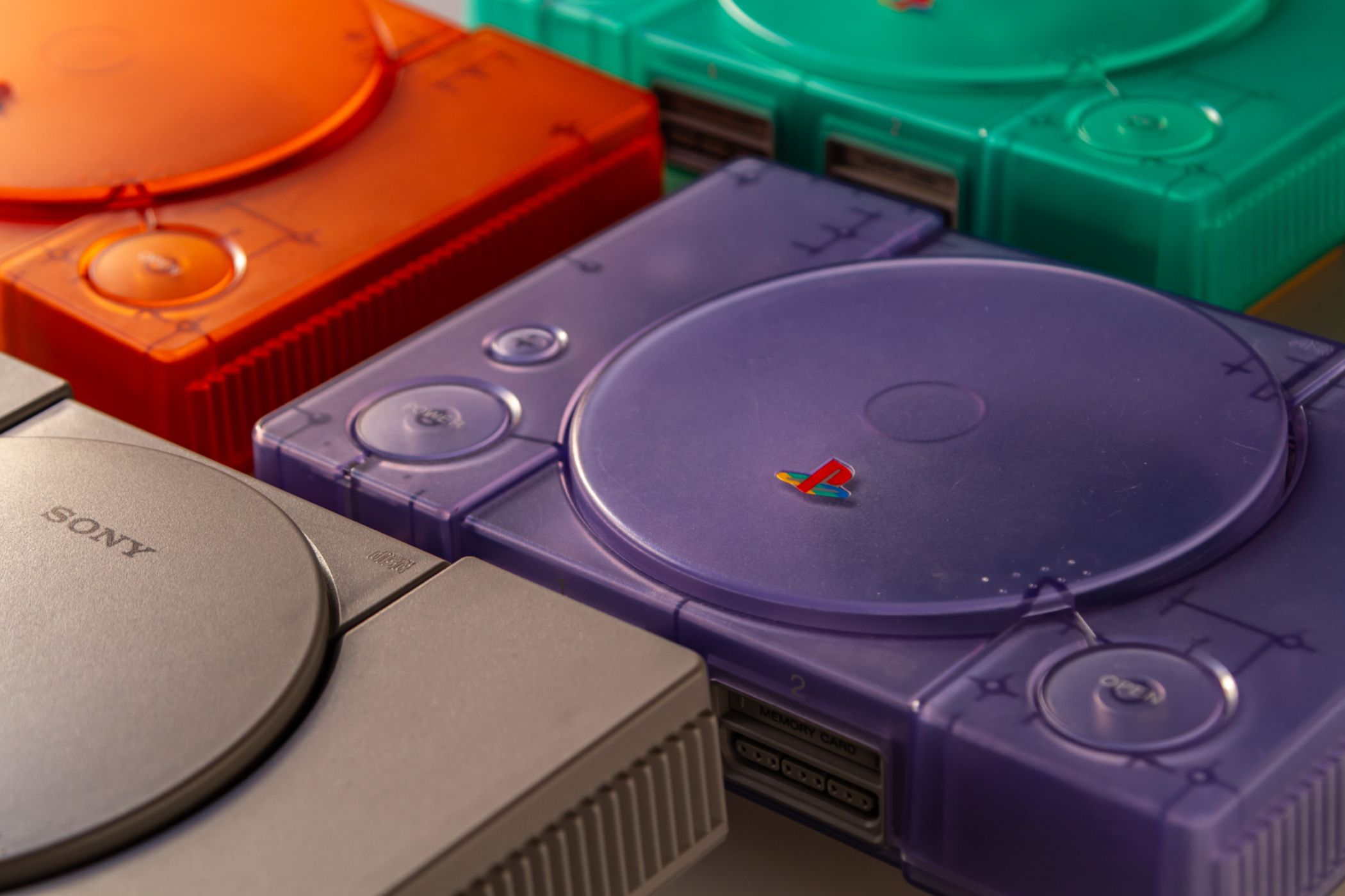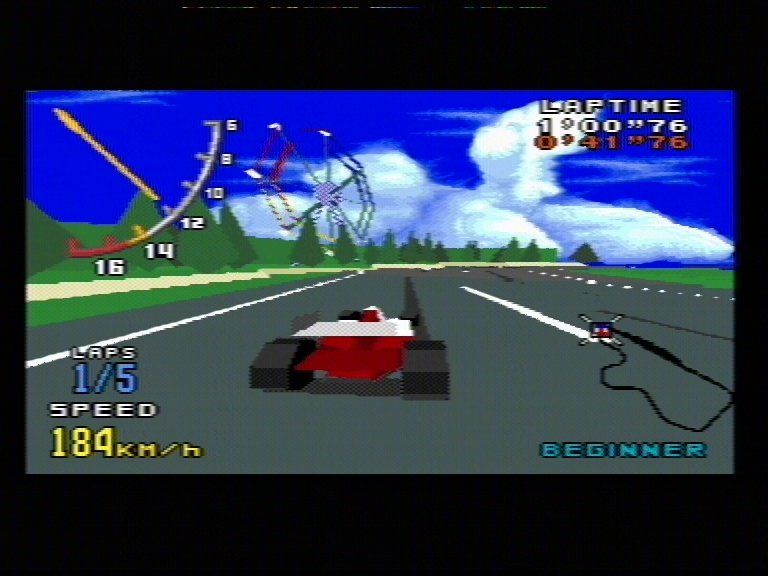Summary
- 16-bit consoles excelled at 2D graphics, offering large sprites, complex animations, and vibrant colors.
- 32-bit consoles marked a shift to 3D rendering, leaving behind 2D graphic powerhouses like the SNES and Genesis.
- Nintendo’s Super FX chip and Sega’s Virtua Processor enhanced specific games with unique capabilities, but increased costs.
It’s easy to be cynical about the cost of gaming hardware these days, but at least you only have to buy one set of hardware to use with many games. At one particular moment in gaming history, however, you might have been buying more than just some data on a cartridge when you brought a new game home.
The 16-Bit Console Era Was Great at 2D Graphics
By the time the Super Nintendo Entertainment System and Sega Genesis were unleashed on the world, game developers had a lot of experience with 2D graphics. With perhaps the exception of resolution, this was the peak of 2D graphics in my opinion. Later consoles, like the PlayStation and PlayStation 2 improved the quality of 2D graphics, but did nothing fundamentally different.
The jump from 8-bit to 16-bit consoles, however, was enormous. Sprites became much larger, animations more complex, and there were so many more colors! SNES and Genesis games hold up just fine today, while NES-era games are a much harder sell.
32-Bit’s On the Horizon—No 3D Chip? No Problem!
The transition from 16-bit to 32-bit consoles is one of the most momentous in gaming history. Not only were these machines much more powerful, they were also built to render 3D graphics. While consoles like the SNES and Genesis were instead built to be sprite-slinging 2D powerhouses.
Arguably, 2D games from that era have aged the best, but if you were there at the dawn of true 3D gaming on consoles, you’d know that these snazzy 3D games made 2D games look downright archaic.
While the SNES, for example, had its Mode 7 graphics feature to simulate a sort-of 3D effect (as seen with the tracks in Mario Kart), that was the limit of its 3D prowess. However, Nintendo (and Sega) had the brilliant idea of simply including 3D hardware with the games that needed it.
Nintendo’s Super FX Chip Brought That Mario Magic
In Nintendo’s case, it was the Super FX and Super FX 2 chips that found their way into games like StarFox, Doom, and Super Mario World 2: Yoshi’s Island. In total, there were only eight released games that made use of these chips, and six (that we know of) which did not release. Well, Star Fox 2 did eventually officially come out with the SNES Classic in 2017.
While the chip worked well, it did push up costs significantly for everyone, including the customer! The first games that used the Super FX chip came out around the same time as the Sony PlayStation and Sega Saturn were announced and launched. Given how primitive Super FX graphics looked in comparison, it was too little too late.
Sega’s Virtua Processor Brought the Arcade Home
Sega also tried its hand at making an enhancement chip like the Super FX, and they managed it in the form of the Virtua Processor, adapting technology from its arcade systems. However, only one game has ever used this chip—Virtua Racing. Still, if you want to go out with a bang, Virtua Racing is the way to do it. The game’s a certified banger and it’s only recently been given a proper port on the Nintendo Switch.
Imagine Buying Hardware With Every Game!
These days, if you want a more powerful console, you have to buy a whole new system. Likewise, I expect the GPU on my computer to work with any game until it’s time to replace it because of poor performance. Certainly, it would be pretty wasteful and expensive if you needed to get a bespoke graphics chip with every game you bought!
It might seem a little silly in retrospect, but given how big the installation bases for the 16-bit consoles were, and how unproven 3D gaming was, it all makes some sort of sense. Not to mention these enhancement chips gave us a few amazing games which otherwise would never have existed!







